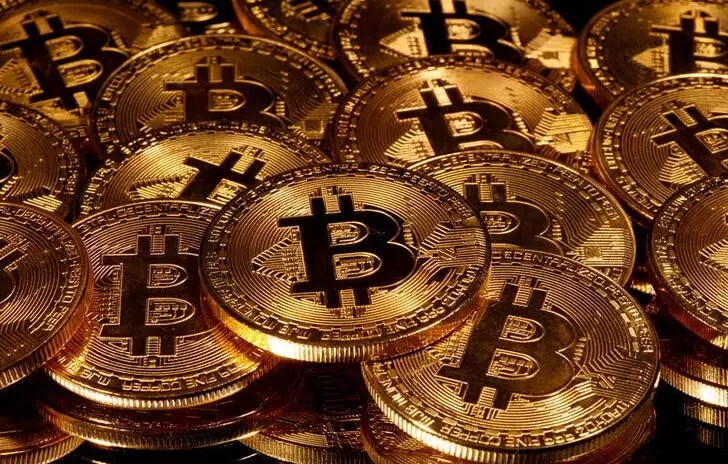In a world where financial literacy is becoming increasingly vital, veteran entrepreneur and advocate for decentralized finance, Robert Kiyosaki, has sparked conversations in the cryptocurrency community regarding the ongoing discord between investing in gold versus Bitcoin. Kiyosaki, renowned for his influential book “Rich Dad Poor Dad,” questions the need for this debate. His assertion brings forth a crucial perspective: instead of pitting one asset against another, why not consider the merits of both?
The Case for Dual Asset Investment
Kiyosaki’s viewpoint underscores a reality that is often overlooked in investment discussions. In an era characterized by economic uncertainty and fluctuating markets, financial wisdom may not lie in choosing sides but in diversifying one’s portfolio. Kiyosaki emphasizes that the true measure of an investment portfolio should hinge on the quantity of tangible assets, such as Bitcoin and gold, rather than the preference for one over the other. He argues that this duality can provide a hedge against inflation and economic turbulence, particularly as global financial frameworks appear increasingly fragile.
The urgency of Kiyosaki’s message is amplified by the current geopolitical climate and the implications of extensive monetary policies. Since the onset of the COVID-19 pandemic, governmental measures, including quantitative easing and rampant money printing, have drawn sharp criticism. Kiyosaki points out that the United States is witnessing a staggering national debt increase, ballooning at an alarming rate of $1 trillion every 100 days. The ramifications of such fiscal irresponsibility raise valid concerns about the sustainability of fiat currencies, prompting many investors to seek refuge in physical assets like gold and cryptocurrencies such as Bitcoin, which are perceived as more stable alternatives.
Kiyosaki’s argument gains further traction when he critiques the traditional approach to savings. He advocates for a paradigm shift among investors, urging them to abandon the notion of saving fiat money, which he labels as “fake.” This perspective stems from a growing awareness that fiat currencies are susceptible to inflation and loss of value over time. By advocating for investments in Bitcoin, gold, and silver, Kiyosaki provides a modern framework for wealth preservation that resonates with those disenchanted with conventional banking practices.
Warnings and Opportunities
The concept of market crashes, especially those related to bonds, is another salient point raised by Kiyosaki. He warns that while banking crises may be insulated from public view, they pose significant risks to economic stability. This acknowledgment of underlying vulnerabilities in the financial system serves as a clarion call for investors to think critically about their assets. Kiyosaki’s emphasis on physical assets like gold and Bitcoin is not merely a suggestion; it is a clear admonition against complacency in the face of potential economic upheavals.
Robert Kiyosaki’s insights compel investors to re-evaluate their strategies within the context of a complex financial landscape. The dichotomy of gold versus Bitcoin should not overshadow the advantages of a diversified asset allocation. Investors are encouraged to heed Kiyosaki’s advice to prioritize sustainable wealth through the acquisition of tangible assets. As the economic environment continues to evolve, being proactive rather than reactive could be crucial in navigating the uncertainties that lie ahead.


Leave a Reply